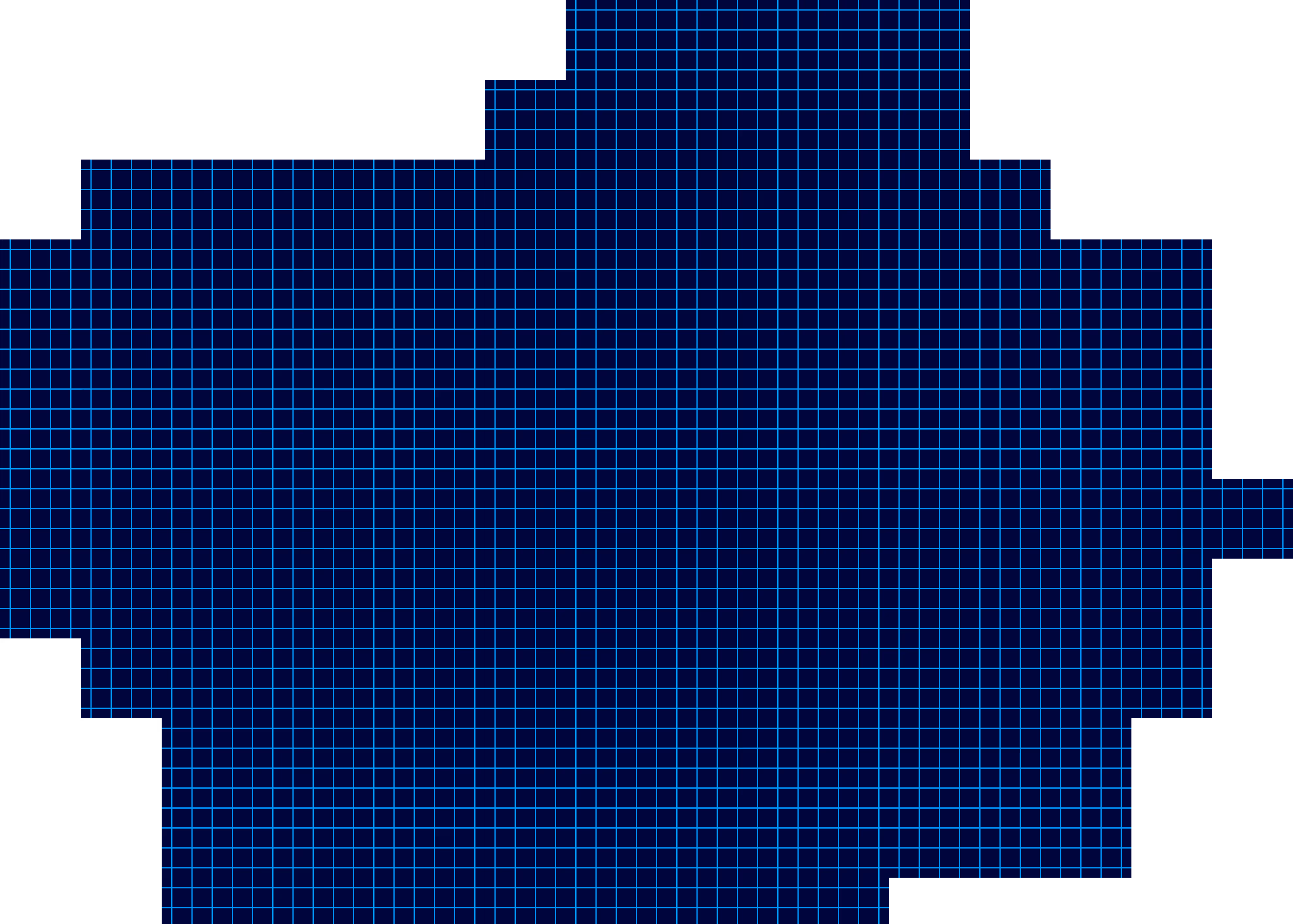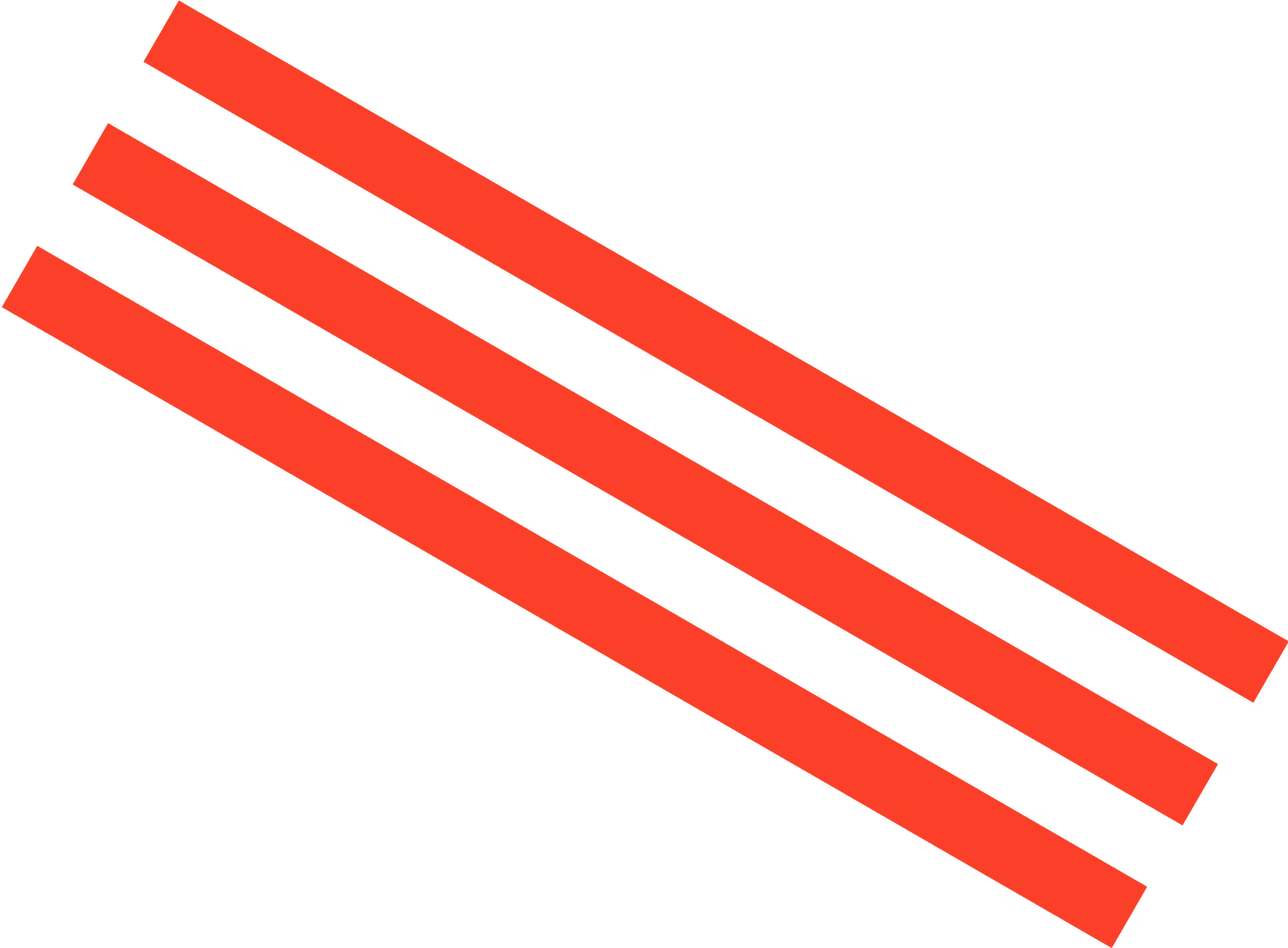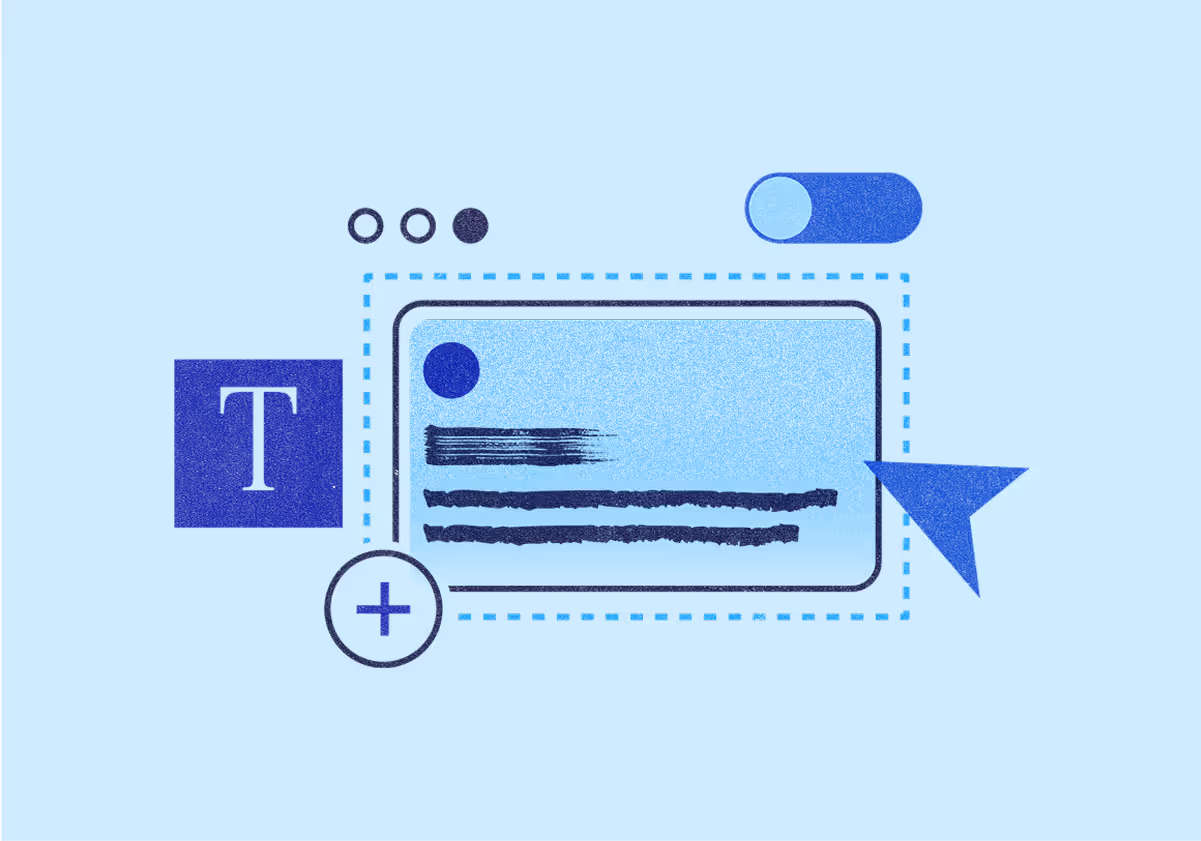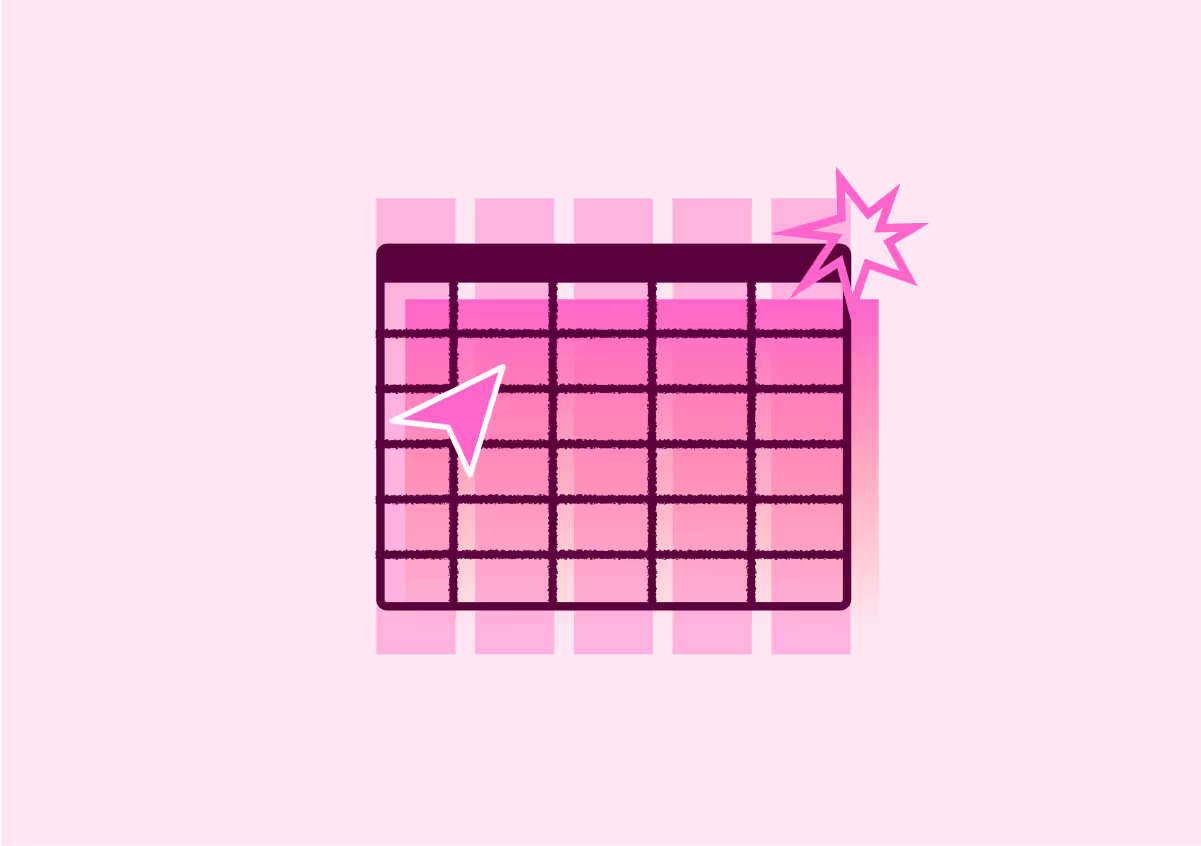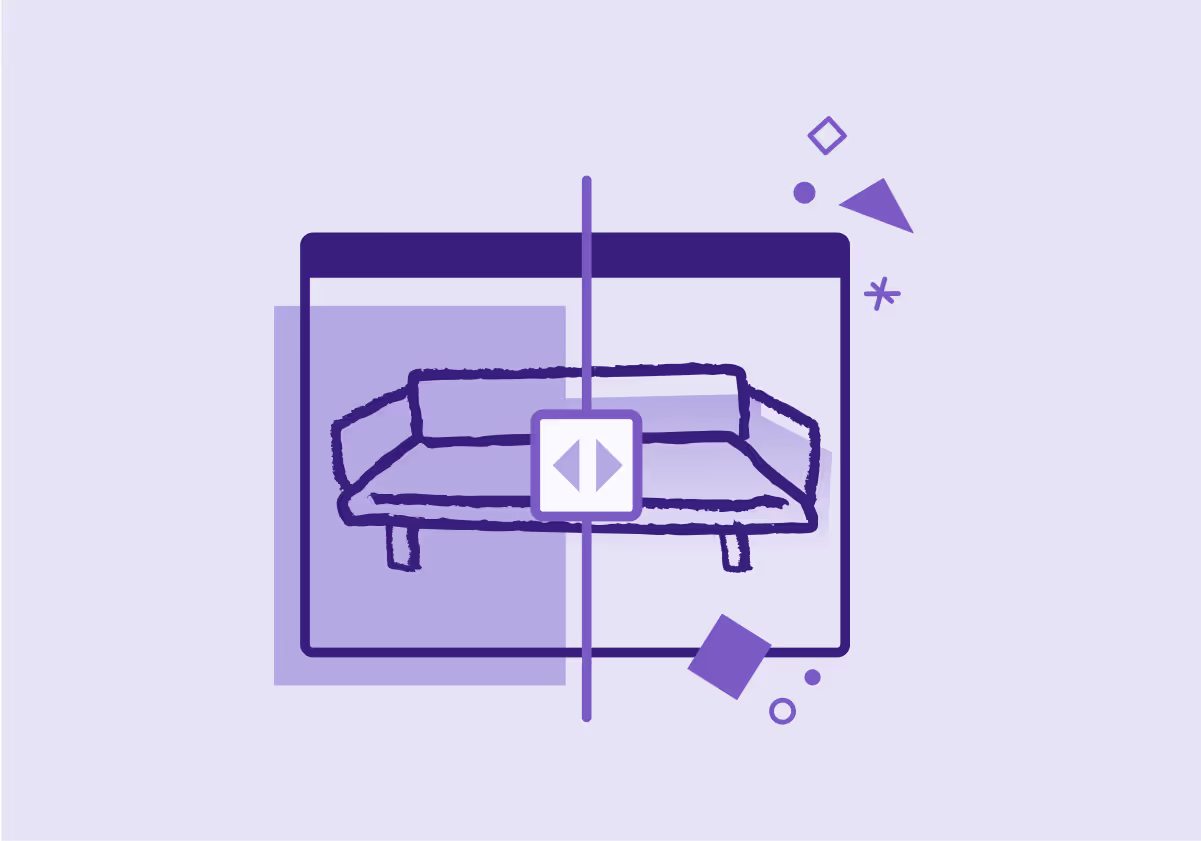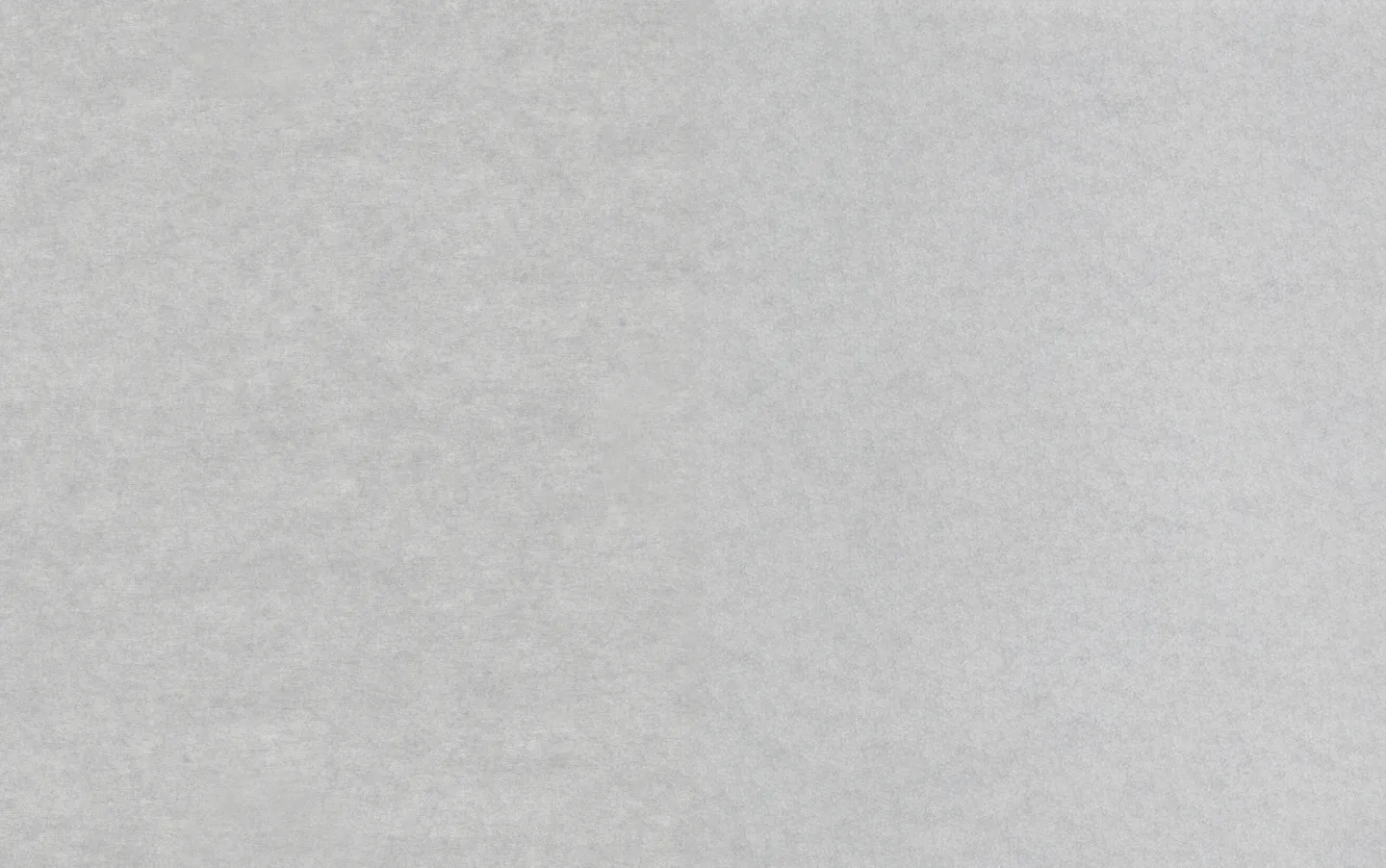Jasper Marketing
June 3, 2024
8 Placeit Alternatives for Creating Original Art
If you’re looking for user-friendly alternatives to Placeit, these 8 web-based graphic design apps are all worth trying for your next creative project.

Most seasoned marketMost seasoned marketers know the importance of using visual content to draw in their audience. With so many distractions lurking in peoples’ notifications, inboxes, and browser windows, relevant images can be the hook that lets your audience know they’re in the right place and you’ve got something worth their time and attention.
While original art performs much better than stock images, creating your own graphics has traditionally been quite time-consuming. Many social media managers and content marketers know all too well the struggle of sourcing images. Creative teams are often swamped with more time-consuming tasks, and combing through stock photos for hours on end can be a serious brain drain.
According to one survey, nearly a third of marketers spend 10 or more hours per week producing visual content.
Fortunately, user-friendly design apps have made major strides in recent years. Thanks to its large library of customizable templates, Placeit has become a popular choice for people looking to quickly create images for blogs, social media, and other channels.
However, Placeit is far from the only option. There are many viable Placeit alternatives that anyone can use to create attention-grabbing original artwork, even without advanced graphic design skills.
Why consider a Placeit alternative?
Placeit has a robust library of design assets, enabling its users to create original art for almost any type of design work. However, there are a few key drawbacks to using Placeit that need to be addressed.
One-time purchases aren’t cost-effective
While Placeit has many images available for free and a monthly subscription that starts at $9.99 per month, sometimes all you really need is a couple downloads. One-time fees for individual assets can add up quickly, making other platforms seem more attractive, especially free-to-use design platforms like Canva.
If you only need an asset for a one-time project, the ongoing cost of a subscription may not be worth it. In this case, it would be worth looking into other alternatives that offer a monthly subscription at a lower cost or even free for use platforms.
The content library is not updated frequently
According to Placeit reviews on Capterra, the design asset library isn’t updated that frequently. When you’re doing design for a living, this can be a massive boon because it means your designs may feel stale after using the platform for an extended period.
If you’re someone who likes to stay on top of the latest trends and have access to a wide variety of design options, this may be a downside for you.
While Placeit does offer a large selection of design assets, including mockups, logos, and videos, it may not be as expansive or frequently updated as other design tools. This could potentially limit the creativity and options for designers who rely heavily on constant updates and new content.
The editing platform can be slow
Placeit's platform can't handle editing multiple mockups at once very well. It often lags and becomes slow when attempting to work on multiple projects. This can be frustrating for users who are trying to get a lot done in a short amount of time or if you’re working on a complex project requiring many assets.
One possible solution for this issue is to use different browsers or devices for each project. This may help alleviate some of the lagging issues as each project will have its own dedicated resources.
One Capterra reviewer said:
“Its software is very slow, I cannot design different mockups at the same time, I keep getting errors. It's hard to edit and it's annoying to constantly upload files.”
A large portion of the graphic assets are not suitable for B2B
One of the biggest challenges in creating a B2B website is finding suitable graphic assets. Unlike B2C websites, where eye-catching visuals are often used to attract customers and showcase products, B2B websites have a different target audience and purpose. As a result, many of the graphic assets commonly found on Placeit may not be appropriate for use on a B2B website.
This can be frustrating for designers working on B2B projects, as they may have limited options when it comes to finding high-quality graphics that fit the aesthetic and message of their project.
8 Best alternatives to Placeit for creating original images
1. Jasper's AI Image Suite
For marketers looking to create original images at scale, AI-generated art is redefining what’s possible. Jasper's AI Image Suite is leading the field, thanks to its powerful AI engine and infinitely tweakable prompts. With just a little experimentation, you can bring any image you’re imagining to life in glorious, high-definition detail.
Whether you want your art to feel like Andy Warhol or Vincent van Gogh, Jasper Art can make it happen in just a few clicks and keystrokes. Users can add as much or as little detail as they prefer into an open-ended text prompt, selecting additional options like mood, medium, and style.
Jasper takes all these inputs and translates your prompts into a set of four original images ready to use in blog headers, social media campaigns, storyboards, or anywhere else.
And because all the art you create with Jasper is copyright-free, you can add your own logos and otherwise alter the images however you’d like.
WIth Jasper Art, your capacity to create is effectively unlimited. Jasper’s powerful AI art generators make it effortless to whip up eye-popping original images in a fraction of the time it traditionally takes to develop custom artwork.
Top features:
- AI-powered art generation: Jasper creates original high-resolution images in just a few clicks.
- Robust inputs: Prompt Jasper with simple or detailed open-ended inputs, and select your mood, medium, and artistic style.
- Add an image for inspiration: Drag and drop a similarly styled image to teach Jasper what you want.
Pros:
- Jasper saves tons of time compared to creating custom illustrations the old-fashioned way.
- Customizable inputs help you create art that sets just the right mood.
- All Jasper images are copyright-free and can be altered or used however you want.
Cons:
- If you want to resize images or add text and logos, you’ll need a separate app.
- Jasper’s free trial limits users to creating 200 images.
Pricing: Book a demo to learn more about pricing for Jasper's AI Image Suite.
2. Adobe Express
Creative software giant Adobe’s most user-friendly offering, Adobe Express drastically lowers the barrier to entry for creating professional-looking visual content. It offers a nice balance between easily customizable templates and the advanced image editing functions you expect from Adobe apps.
While it takes time to master the more advanced features, Adobe Express guides you through the process of creating anything from social media posts to logos, flyers, and business cards. The tool also makes it simple to complete common creative tasks, like removing backgrounds or converting and resizing images and videos.
Top features:
- User-friendly templates: Users can plug content into pre-sized templates for many media channels or create custom designs from scratch.
- Quick actions: Adobe Express helps you complete common tasks like resizing, converting files, removing backgrounds, and generating QR codes.
- Web and mobile apps: You can use Adobe Express on the web or on your mobile devices, even with the free version.
Pros:
- Adobe Express finds a nice middle ground between user-friendliness and depth of features.
- If you collaborate with an agency or design team that uses other Adobe apps, you can easily import files and assets into Express.
- Adobe Express offers more advanced editing and design tools than you’ll find on alternative web apps like Placeit.
Cons:
- The advanced features of Adobe Express require a bit of learning or previous design experience.
- The free version has limited file export options and far fewer fonts and effects than you get with the paid subscription.
Pricing: The free version of Adobe Express has a lot to offer and no limits on how much you can create. Premium plans go for $9.99 per user per month and include many more fonts, effects, and available stock photos.
3. Canva
Canva has become a popular choice for creating compelling visuals without a ton of design experience, thanks to its intuitive drag-and-drop interface and massive library of templates. Whether you’re looking to create social media images or a multi-page brochure, Canva is up to the task.
Because it’s a cloud-based platform, multiple users can collaborate on the same project at the same time, without ever wondering if everyone has the latest version. And while the free version of Canva is excellent, upgrading to Canva Pro unlocks more advanced editing features and lots more templates, stock photos, and graphics.
Top features:
- Drag-and-drop design platform: Anyone can use Canva to create great-looking images, even without previous design experience.
- Huge variety of templates: Whatever you’re trying to create, it’s likely you’ll have thousands of relevant templates to use as a starting point.
- More than 1 million photos and graphics: Canva has everything you need to create awesome finished results, from infographics to web page designs.
Pros:
- Canva’s smart interface makes it easy to resize or rearrange elements while maintaining good design principles.
- Version control is never a concern, thanks to Canva’s cloud-based platform.
- A built-in social media scheduler (available with Canva Pro) publishes directly to eight popular platforms.
Cons:
- Advanced image editing features require a paid subscription.
- The drag-and-drop interface means you could knock things out of alignment if you don’t watch where you’re clicking.
Pricing: The free version of Canva is refreshingly full-featured, and doesn’t impose any limits on your creations (other than cloud storage capacity). Paid plans start at $12.99 per month per user.
4. VistaCreate
Known as Crello before its acquisition by the online printing company VistaPrint, VistaCreate is an online design tool that simplifies the creative process. Though you can create custom designs from scratch, modifying its impressive library of pre-existing templates is where VistaCreate shines for most users.
While VistaCreate stands on its own for creating digital marketing content, it’s also nice to have the option to easily print your creations and have them delivered to your doorstep. The close partnership with VistaPrint will come in handy if you’re ever working on flyers, brochures, business cards, or even wedding invitations.
Top features:
- Brand kits: VistaCreate helps you stay on-brand by easily adding your fonts, colors, and logos—even on the free version.
- Huge variety of templates: No matter what type of content you’re creating, VistaCreate offers tons of templates that you can make your own.
- Resizing tools: Available on VistaCreate Pro, this feature makes it a snap to prepare your finished art for publishing on multiple media channels.
Pros:
- VistaCreate has a web interface and mobile apps for iOS and Android, so you can work wherever you get inspired.
- Anyone can create professional-looking content in just a few minutes.
- Printed materials can easily be delivered right to your doorstep via parent company VistaPrint.
Cons:
- The resizing tool and background remover both require a paid subscription.
- Advanced designers may find the image editing tools somewhat limiting.
Pricing: VistaCreate has a fantastic free version with lots of templates and photos. For $13 per month, VistaCreate Pro gives you many times more, plus unlimited storage and more advanced image editing tools.
5. Snappa
Another excellent Placeit alternative, Snappa is similarly easy to use and offers an extensive range of stylish design templates. Within minutes, almost anyone can pick it up and create professional-looking blog banners, social media posts, or almost any other type of visual media.
Snappa is a great choice for people who primarily need to add text and graphics to templates and don’t require much in the way of advanced image editing features. Snappa’s built-in library of stock photos and graphics equips you with everything you need to create polished, eye-catching content.
Top features:
- Image dimension presets: Snappa automatically creates the right size image for any media channel to prevent pixelation, squashing, or distortion.
- Intuitive user interface: People without any design experience can create professional, high-resolution images.
- Image resizer: In just a few clicks, you can create separate versions of your finished artwork to promote your brand on multiple media outlets.
Pros:
- Customizable templates and fonts help you stay within your brand standards.
- Snappa’s cloud-based platform doesn’t require any complicated integrations.
- All versions include access to 6,000-plus templates and over 5 million stock photos and graphics.
Cons:
- Removing backgrounds from images requires a paid subscription.
- The free version of Snappa limits users to three downloads per month.
Pricing: Snappa offers a free starter plan, though it caps you at creating three images per month. The Pro version goes for $15 per user per month and includes unlimited downloads.
6. PicMonkey
PicMonkey blends user-friendly editing and design tools with an enormous photo library, thanks to its affiliation with one of the leading names in stock images—Shutterstock. It’s an outstanding alternative to Placeit if you need additional features like Smart Resize for distributing your content across multiple channels.
The Basic version of PicMonkey includes a well-rounded offering of templates, effects, fonts, and photo touch-up tools. Upgrading to Pro and Business tiers gets you access to priority support, additional file export options, and premium features like a one-click image background remover.
Top features:
- Intuitive interface: PicMonkey avoids the steep learning curve that comes with many design and photo editing apps.
- Color changer: Easily change the color of walls, clothing, or anything else, in addition to applying standard photo effects like tints and filters.
- Custom brand kits: Pro and Business users can create custom brand templates that make it easy to stay within your brand standards.
Pros:
- PicMonkey sits in a nice middle ground between deep features and an easy-to-use interface that won’t intimidate new users.
- All plans include full access to Shutterstock’s enormous library of stock photos.
Cons:
- The image manipulation features are limited compared to other editing programs.
- There’s a free trial of the Pro version, but no free version for ongoing use.
Pricing: PicMonkey plans start at $7.99 per month for the Basic version. The Pro version offers more advanced tools and features and will cost users $12.99 per month.
7. DesignCap
DesignCap is another versatile and user-friendly online platform that simplifies the creative process for people without a lot of design experience. While DesignCap offers a similar mix of media to many of its competitors, we particularly like its variety of modern-looking templates for charts and infographics.
You’ll find customizable pre-made designs for many social and digital media platforms, as well as for printed collateral like invitations, menus, and business cards. All the templates are easily searchable, which makes it a breeze to find the ideal starting point for whatever creative idea you’re cooking up.
Top features:
- Simplified photo editing: Add popular effects and filters or adjust exposure, contrast, and other parameters manually.
- Extensive stock icon library: Add visual interest to complex storytelling with icons that always feel like part of the same family.
- Thousands of pre-made templates: Whatever you’re working on, DesignCap always has something to spark your creativity.
Pros:
- No graphic design experience is necessary to create eye-catching images.
- DesignCap really shines when creating data representations like infographics and charts.
- Premade modules offer sensibly grouped design elements that are easy to customize.
Cons:
- While it’s possible to create custom images from scratch, DesignCap isn’t the best for this.
- The free version is capped at 5 designs and doesn’t allow high-resolution exports.
Pricing: DesignCap does offer a free version, but it limits you to just five projects. The Basic plan starts at $8.99 per month and allows you to save up to 100 designs. The Plus plan starts at $12.99 per month and allows you to save up to 1,000 designs.
8. Stencil
Stencil is one of the simplest apps for creating graphics online, and an excellent alternative to Placeit if your design needs are relatively basic. It includes over 140 preset sizes for all types of digital media, as well as an impressive library of fonts, icons, and royalty-free stock photos.
Paid versions enable users to upload their own logos and fonts. You can also automatically resize your images without starting over from scratch. Once your content is complete, you can even schedule your posts straight from within Stencil using a Buffer account.
Top features:
- Includes over 5 million stock photos: Whatever topic you’re posting about, you’ll always be able to find relevant images to use as a starting point.
- Browser extensions: Integrations with Chrome and Firefox allow you to start editing images from nearly any source.
- WordPress plug-in: Stencil can help you create the visual elements for your blog posts without ever changing tabs in your browser.
Pros:
- Preset image sizes ensure you’ll always have the right specs for wherever you’re posting your content.
- Extensive icon and graphic options adapt to a huge variety of topics or design styles.
- Users can upload their own images to supplement the built-in photo library.
Cons:
- Stencil lacks the advanced image editing features you’ll find in many other design platforms.
- Options for templates, images, and icons are quite limited in the free version.
Pricing: Stencil’s Free version works well for occasional projects, though you’ll need the Pro version if you want to create more than 10 images per month. The Pro plan includes up to 50 images at $15 per month, or you can opt for the Unlimited plan at $20 per user per month.
Scale your creative output with Jasper Art
Marketing professionals in the modern era have no shortage of options when it comes to user-friendly design apps. Placeit and its many alternatives have made it easier than ever to create polished images that help your content stand out in a sea of sameness.
But if you want to take your visual content to the next level, look no further than Jasper Art.
Jasper helps you take your own ideas from imagination to reality, fast-tracking the process from conception to creation. Thanks to industry-leading AI engines and endlessly customizable inputs, you can create original artwork in seconds, rather than the days or weeks it would normally take.
Try Jasper's AI Image Suite and see why AI-generated art has content marketers rethinking their entire workflow.
More of the latest & greatest

Gemini 3 Pro in 24 Hours: Inside Jasper’s LLM-Optimized Architecture
How does Jasper validate new AI models like Gemini 3 Pro in under 24 hours? Inside our rigorous 3-step testing process for enterprise marketing.
December 4, 2025
|
Nick Hough

3 Predictions for AI in Marketing in 2026
In 2026, AI will rewire teams, streamline tooling, and turn content into a competitive engine.
December 2, 2025
|
Loreal Lynch
.png)
Highlights from Jasper Assembly: Scaling Content with Confidence
Discover key insights from Jasper Assembly 2025. Leaders from Sanofi, NetApp, U.S. Bank, and BCG shared AI marketing strategies for scaling content and driving impact.
November 19, 2025
|
Loreal Lynch

